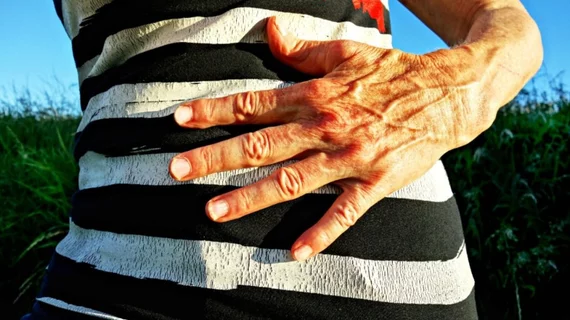Simple IR procedure could prevent women from having hysterectomies, but most have never heard of it
Many women undergo major surgery to treat painful uterine fibroids, despite there being less invasive alternatives such as services delivered by interventional radiologists.
This could be, in part, because a significant portion of women are not made fully aware of their treatment options, according to new survey data shared by the Society of Interventional Radiology (SIR).
Less than 20% of women are even offered additional treatment options besides a hysterectomy, the society's recent study found. And just 17% are consulted about uterine fibroid embolization (UFE)—an IR procedure known to be just as effective as other fibroid treatments, but less painful and less invasive, while also sparing women of having their uterus removed.
“Not offering minimally invasive treatments like UFE in addition to the surgical treatment options is a significant oversight,” noted John C. Lipman, MD, founder and medical director of the Atlanta Fibroid Center and adviser for the report. “Women suffering from fibroids are often given only one treatment option by their gynecologist, hysterectomy, without being informed of less invasive treatments, like UFE. Many patients don’t want a hysterectomy and they’re left to suffer in silence, even though their lives could be transformed back to normal if they only knew about UFE.”
Uterine fibroids are common—up to 77% of women will develop them at some point in their life. However, many women are not aware of their risks. In fact, three-fourths of the respondents believed they were not at risk of developing fibroids, while over half were not familiar with the condition at all.
Black and Hispanic women are at heightened risk—uterine fibroids are three times more common in Black women and two times more common in Hispanic women compared to their white peers. But the survey data indicate that a significant portion of both Black and Hispanic women did not know what uterine fibroids were.
These findings suggest that more needs to be done to educate women about their treatment options, said Robert J. Lewandowski, MD, president of the Society of Interventional Radiology and professor at the Northwestern Medicine Feinberg School of Medicine.
“The data serve as a guiding light for improving physician and patient educational efforts on various treatments to ensure all women, regardless of background, are informed about their risks and the full range of treatment options available,” Lewandowski said.
The survey was conducted by the Harris Poll on behalf of SIR. A total of 1,000 U.S. women completed the survey, including some who had been diagnosed with uterine fibroids themselves.

